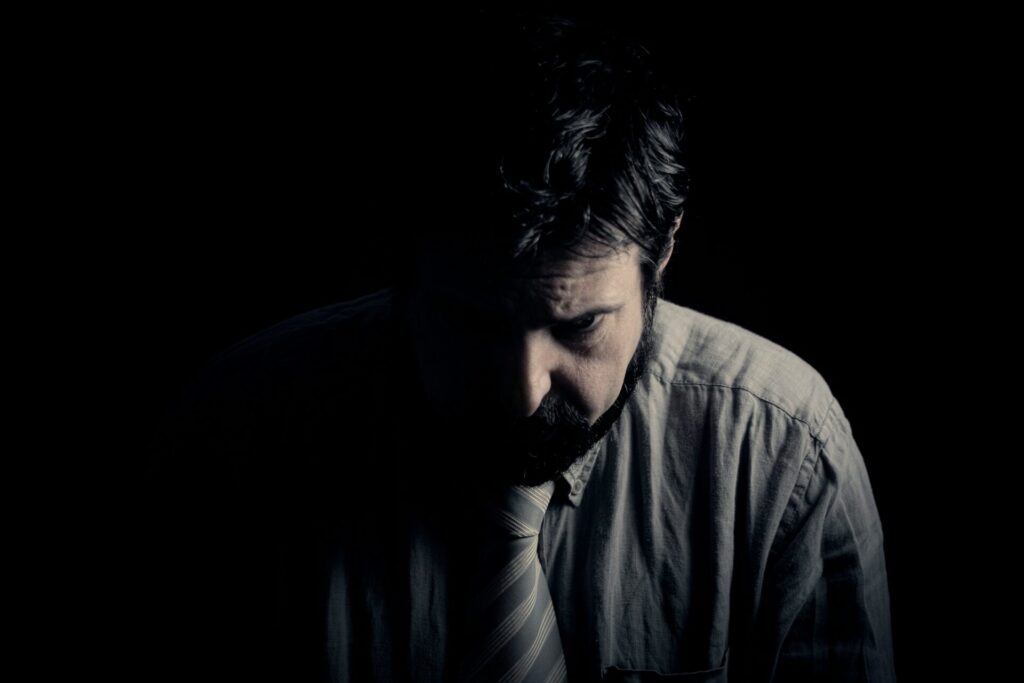
Post-traumatic stress disorder (PTSD) is a serious condition where a person’s memories of a traumatic event become triggered by something in the present, causing them to experience distressing flashbacks. This disorder can create a host of mental symptoms like fear, anxiety, or even depression to take hold in a person’s mind.
However, beyond the mental anguish that PTSD can bring an individual, there are multiple distinct physical effects it can also cause the rest of their body to feel. These unpleasant symptoms may end up exacerbating the individual’s negative mental state, making them feel worse as a whole. This is why it’s so important for those with PTSD to seek proper help in the form of professional treatment. In this article, we’ll discuss several of the key physical effects PTSD can cause, which may be able to help those who struggle with it better identify their triggers and manage how they feel.
Chronic Headaches
It’s a common occurrence for those with PTSD to experience chronic headache or migraine pain due to the increased stress they may feel compared to other people without the disorder. When individuals feel increased stress, head and neck pain can be more prevalent, as can instances of them feeling lightheaded or dizzy.
When a person with PTSD is consumed by a traumatic memory, in the moment, their body may subconsciously activate its “fight or flight” response mode and make them feel as if they’re on high alert. When this happens, dizziness or vertigo may show up due to increased blood flow to the brain. The head-related symptoms of PTSD often stem from underlying anxiety that’s caused by their past turmoil, and it’s critical to seek professional help if they begin interfering with your daily life.
Panic Attacks
When a panic attack is triggered (whether from PTSD or not), multiple physical symptoms can occur seemingly all at once. For some people with PTSD, however, panic attacks can either be brought on seemingly at random or from a traceable trigger that was experienced.
A PTSD trigger is an event experienced during everyday life that inadvertently causes an individual to experience a flashback or episode of crisis. Panic attacks can be a response to triggering events, leading to scary physical symptoms for an individual to manage. Some of the hallmarks of a panic attack include rapid heartbeat, faster breathing, perceiving the situation to be a catastrophic medical event, and shakiness in the limbs or extremities. Experiencing a sense of dread is also common in panic attacks caused by PTSD. Employing tactics that work for you to calm yourself down and breathe slowly are key to getting through episodes of panic and remaining mentally relaxed.
Chest or Stomach Pains
Chest or stomach pains are often an extension of panic-induced feelings, making them another key physical symptom for many with PTSD. When the body is trapped in a state of high alert, it can be common to feel difficult-to-breathe sensations or nausea. It’s important to always be in tune with how you fee,l and if you have any questions or concerns, consult a licensed physician quickly.
When treating the mental symptoms of PTSD, physical symptoms like nausea or chest pain can actually begin to recede, as their root cause is being actively addressed. Make sure to know what specifically is causing your physical symptoms and actively pursue strategies that will help you alleviate them.
Inability to Sleep
PTSD can also wreak havoc on an individual’s sleep patterns, resulting in feelings of sluggishness during the day, fatigue, and even nightmares. People with this condition often have increased difficulty in turning their minds off at the end of a day, frequent flashbacks or scary dreams during the few times they can sleep, and generalized insomnia. They may also wake up multiple times during the night in a cold sweat or have difficulty regulating comfortable body temperatures for effective sleeping.
Nighttime as a whole can serve as an important trigger for those with PTSD to be aware of. If a person with PTSD knows they tend to experience more symptoms at night, they may be able to take more proactive steps to help mitigate these. Certain medications like serotonin selector reuptake inhibitors (SSRIs) might also be prescribed by a medical professional to help manage sleep issues in PTSD.
Where To Go For Professional PTSD Help
When you’re searching for profressional treatment for PTSD, recognizing when to ask for assistance is the first step. Effective PTSD treatment options exist, and they include valuable programs like cognitive behavioral therapy (CBT), one-on-one counseling, peer support, and addiction recovery.
At Alvarado Parkway Institute, we take pride in offering hope to those who have experienced trauma in their lives and are still affected by it to this day. Our behavioral health facility in La Mesa, California offers a specialized first responders program as well as many other robust treatment programs that address PTSD and other mental illnesses in truly targeted ways. Contact us today to learn more and establish your clear path to recovery.